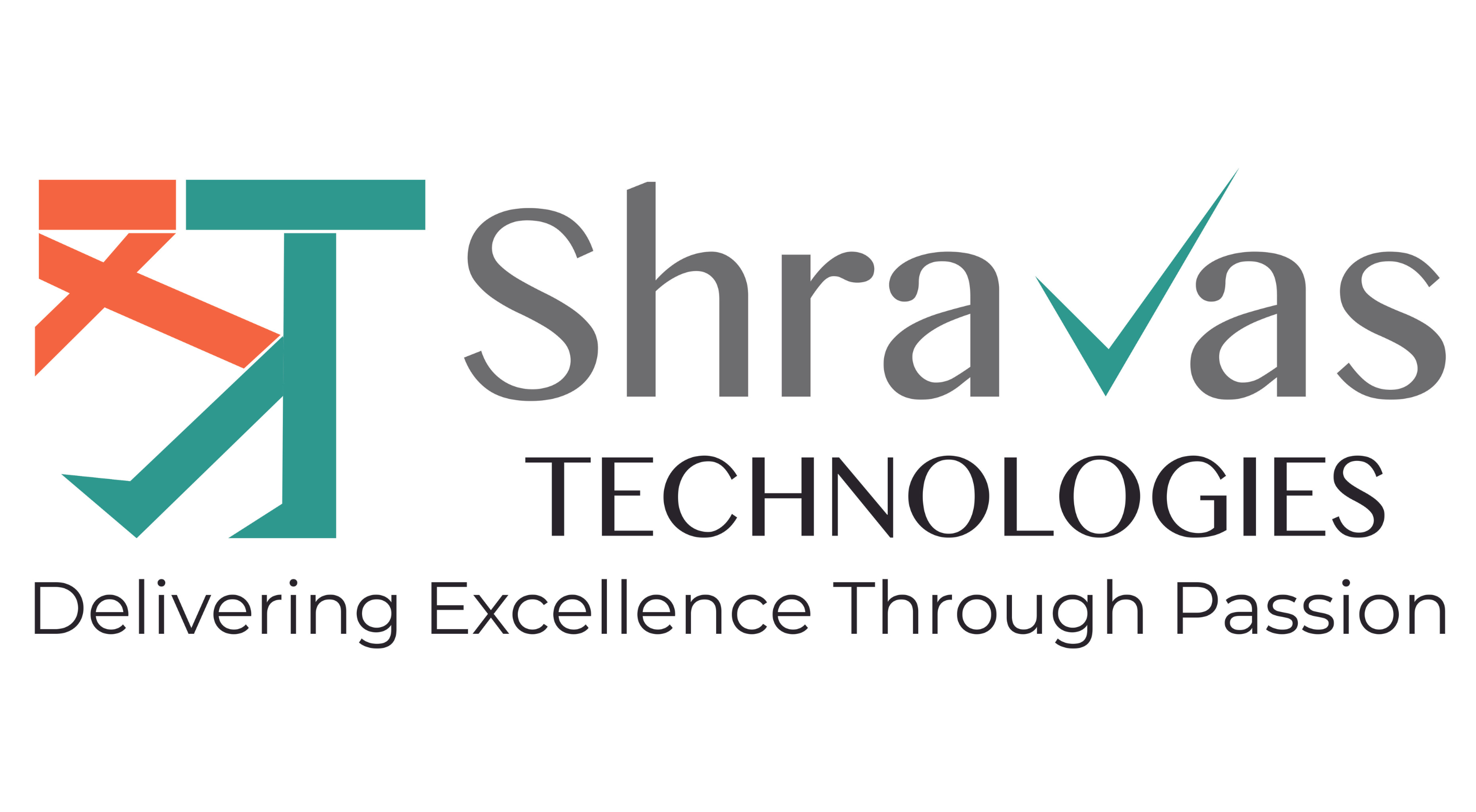In the rapidly evolving world of cybersecurity, a silent storm is brewing on the horizon: quantum computing. While this revolutionary technology promises vast improvements in processing power and data analysis, it also presents a serious threat to existing encryption methods that protect sensitive data, including audit trails. Organizations that fail to prepare for this shift risk falling short of compliance standards, losing data integrity, and exposing themselves to new classes of cyber threats. This article explores the concept of quantum-resistant audit trails and how compliance frameworks must evolve to meet the challenge.
The Quantum Threat to Encryption
At the core of most cybersecurity systems lies encryption—algorithms that protect data in transit and at rest. Traditional encryption methods, such as RSA and ECC, rely on mathematical problems that are difficult for classical computers to solve. However, quantum computers are expected to crack these encryptions using algorithms like Shor’s, posing a significant threat to cryptographic security.
Audit trails, which are chronological records of system activity, often contain sensitive and regulated data. If their integrity is compromised, the consequences can include regulatory fines, reputational damage, and legal repercussions. Therefore, the need to secure these records with quantum-safe cryptography is becoming critical.
What Are Quantum-Resistant Audit Trails?
Quantum-resistant audit trails are audit logs that use encryption algorithms designed to withstand the decryption power of quantum computing. These are built using post-quantum cryptographic (PQC) algorithms, which rely on mathematical problems that remain hard even for quantum computers—such as lattice-based, hash-based, and code-based cryptography.
Implementing quantum-resistant audit trails involves:
- Updating encryption mechanisms: Replacing legacy encryption with quantum-safe algorithms.
- Ensuring forward secrecy: Making sure that even if a system is compromised in the future, past data remains secure.
- Validating time-stamps and digital signatures: Using quantum-safe digital signature algorithms to ensure the authenticity and integrity of logs.
Regulatory Compliance and Quantum Readiness
Regulatory bodies worldwide are beginning to acknowledge the implications of quantum computing. The National Institute of Standards and Technology (NIST) is leading efforts to standardize post-quantum cryptographic algorithms. Organizations in regulated industries—such as finance, healthcare, and defense—should start assessing their readiness for compliance in a post-quantum world.
Key steps to achieving quantum-ready compliance:
- Risk assessment: Evaluate current cryptographic assets and their vulnerability to quantum attacks.
- Gap analysis: Identify weaknesses in existing audit trails and logging mechanisms.
- Migration planning: Develop a roadmap for transitioning to quantum-resistant solutions.
- Vendor alignment: Ensure that third-party tools and services are also moving toward quantum safety.
Best Practices for Building Quantum-Resistant Audit Trails
- Adopt NIST-Approved PQC Algorithms: Stay aligned with evolving standards and use algorithms vetted by cryptographic experts.
- Layer Security Protocols: Combine quantum-safe encryption with multi-factor authentication, anomaly detection, and real-time monitoring.
- Secure Key Management: Upgrade key management practices to handle new encryption types and protect against side-channel attacks.
- Test for Resilience: Conduct simulations and red-team assessments to evaluate quantum resistance.
- Educate and Train Teams: Ensure that IT and compliance teams understand quantum risks and mitigation strategies.
Challenges and Considerations
Transitioning to quantum-resistant audit trails isn’t without obstacles:
- Performance overhead: Some PQC algorithms are computationally intensive.
- Interoperability: Integrating new cryptographic systems with existing infrastructure can be complex.
- Cost: Implementation may require new hardware, software upgrades, and personnel training.
- Uncertainty: Quantum computing timelines are still uncertain, making it hard to gauge the urgency.
Despite these challenges, the risk of “harvest now, decrypt later” attacks—where adversaries store encrypted data today in hopes of decrypting it with future quantum computers—makes preparation non-negotiable.
Looking Ahead: A Compliance-First Approach
Building quantum-resistant audit trails should not be seen as a purely technical task but as a strategic compliance initiative. Forward-thinking organizations will embed quantum readiness into their digital governance frameworks and risk management protocols. The goal is to future-proof data integrity, ensure regulatory adherence, and maintain trust in an era of disruptive technology.
As the quantum era approaches, the time to act is now. Organizations that invest in quantum-safe audit infrastructure today will be the ones that lead with confidence tomorrow.

